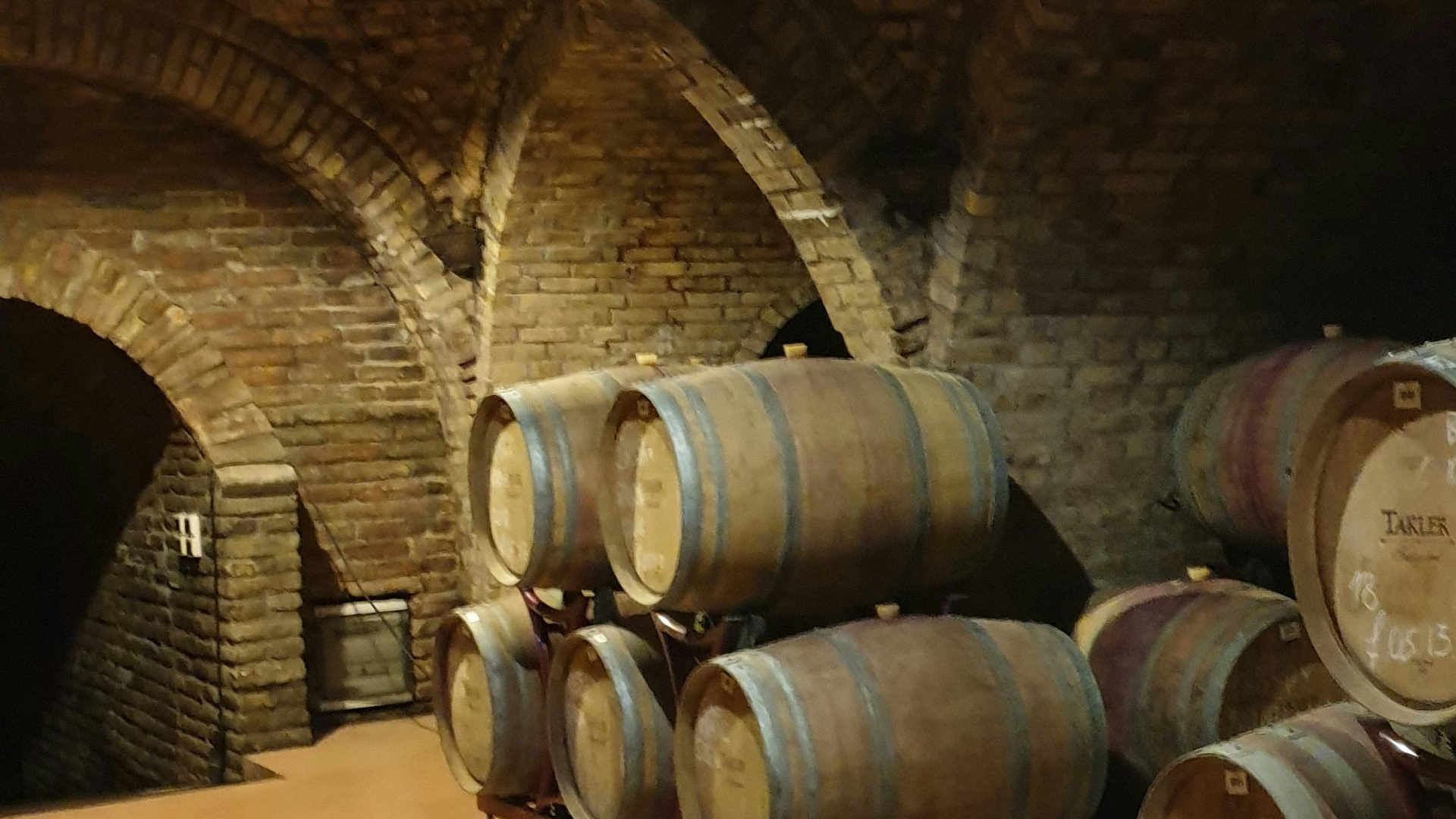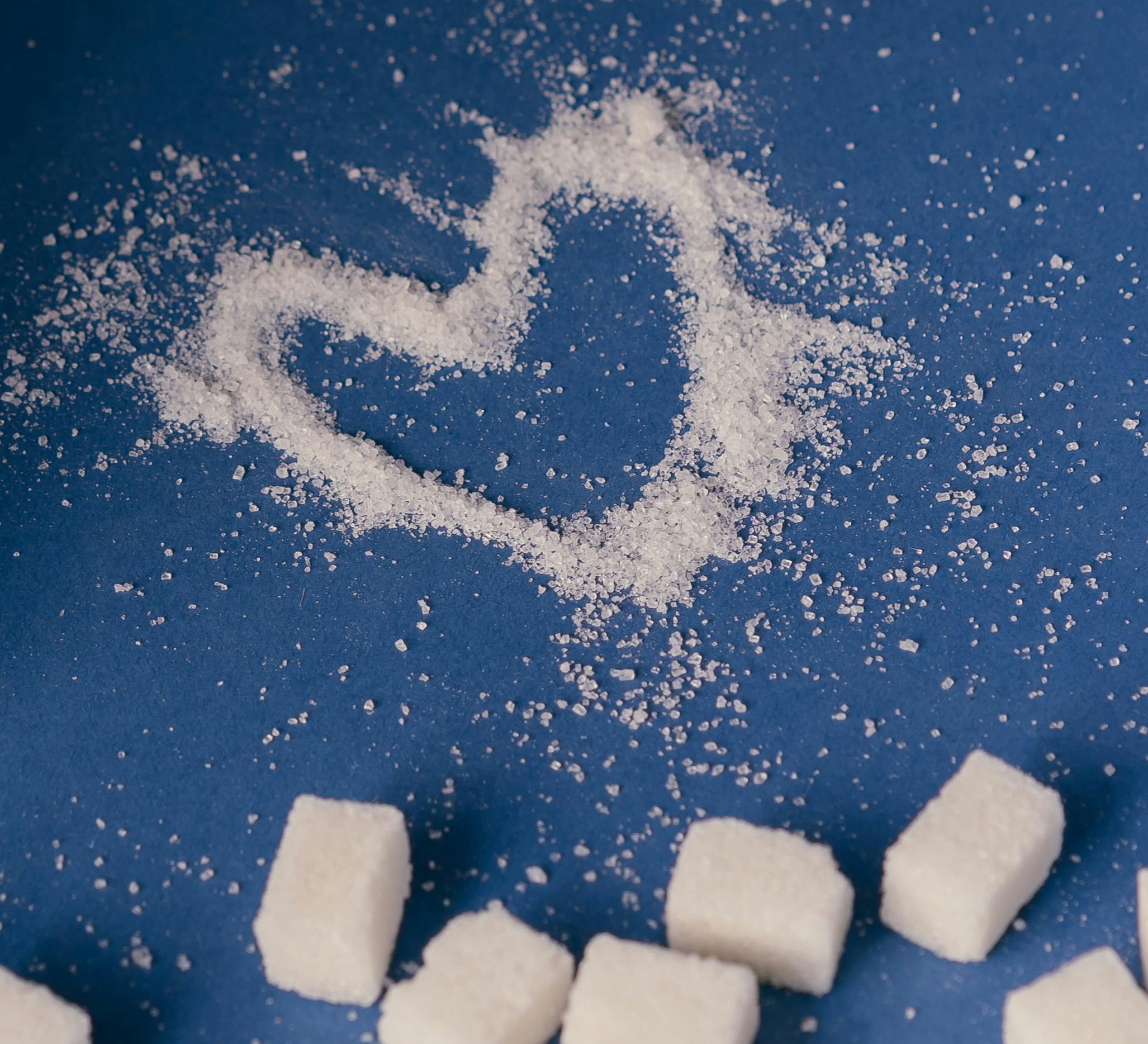BUNGS and CORKS: WHAT ROLE DO THEY PLAY?
1. What is a Wine Bung? A wine bung is a stopper used to seal the opening of a wine barrel. It keeps oxygen, contaminants, and pests out, while allowing proper aging, storage, or fermentation. The bung also makes it easy for winemakers to access the wine for sampling, topping off, or adjustments. 2. What is a Wine Cork? A wine cork is a stopper traditionally made from the bark of the cork oak tree (Quercus suber), primarily grown in Portugal and Spain. Corks are used to seal wine bottles, keeping oxygen out while still allowing tiny amounts of air exchange that can benefit aging wines.
o Completely seal the vessel (no air exchange).
o Used mainly for long-term aging in barrels.
o Feature a small one-way valve or airlock.
o Allow CO₂ to escape during fermentation while preventing oxygen or microbes from entering.
o Flexible, inert, and easy to clean.
o Won’t shrink or expand as much as natural materials.
o Durable and inexpensive.
o Can sometimes impart odor if not high quality (less common today).
o Traditionally used in oak barrels.
o Can be sealed with wax or paraffin for extra protection.
o Made from a single piece of natural cork bark.o Best for long-term aging (premium wines).o Flexible, compressible, and allows micro-oxygenation.o More expensive and can be prone to cork taint (TCA contamination).
o Combination of natural cork disks and agglomerated cork (ground cork pieces).o Often used for mid-range wines.o Consistent quality and reduced risk of cork taint compared to natural cork.
o Made entirely from small cork granules bound with food-safe glue.o Used for wines meant to be consumed within 1–2 years.o Inexpensive, not suitable for long-term cellaring.
o Natural corks with imperfections filled with cork dust and glue.o Affordable and more uniform than low-grade natural cork.o Used for wines with medium-term aging potential.
o Made from food-grade plastic or bio-polymers.o No risk of cork taint, consistent seal, easy to produce.o Often criticized for allowing too much or too little oxygen transfer.o Don’t always allow for traditional aging the same way as natural cork.
o Aluminum closure with a plastic liner, not technically a cork but a common alternative.o Airtight, consistent, and eliminates cork taint.o More common in Australia, New Zealand, and Europe for both whites and reds.
☆Related Stories

Winemaking
WHAT IS "BRIX" IN WINE?
Brix is a key metric in winemaking that expresses the sugar content of a liquid solution. It is used for determining harvest timing, estimating potential alcohol, and monitoring fermentation. It’s always used alongside acidity and taste to ensure balance in the finished wine. • In winemaking, it tells you how much sugar is present in grape juice, must (crushed grapes), or fermenting wine. • It’s crucial because sugar is what yeast converts into alcohol and carbon dioxide during fermentation.

Winemaking
DISCOVER OUR GRAPES
At Make Wine With Us, our goal is to obtain grapes from the very best grape growing regions of the world. The varietals from regions in California, Italy, and Chile represent some of the finest grapes known to winemakers. You will find grapes varying in body, acidity, and tannins. Let us help you find the perfect grape to fit your palate, from full-bodied reds to crisp white wines. Our objective is to assist you, our winemaker, in turning those grapes into wines you’ll continuously enjoy!

Winemaking
CALIFORNIA GRAPES
Raise your glass to our California grapes! Procured from the Mediterranean climate and sandy soil of Lodi, in Central Valley, to the rich soil of Amador County in the rolling foothills of the Sierra Nevada mountains, discover varietals from Barbera to Tempranillo. These grapes are aromatic, fruit-forward, and perfect for pressing during the fall harvest.

Winemaking
ITALIAN JUICES
Italian juices, made from premium grapes, produce extraordinary wines. Varietals include Brunello, Dolcetto, Lambrusco, Black Malvasia, Meritage, Montepulciano, and Valpolicella. Additionally, popular white wine varietals are available. Choices abound!

Winemaking
SPRING REGION: CHILE
As spring enters the northern hemisphere it is harvest time in the southern hemisphere! Most of Chile’s premium wine regions acquire water from the melting snow caps of the Andes Mountains. And, with diverse soil composition, Chilean grapes grow in granite rich soil that’s perfect for award-winning reds.

Winemaking
Learn More About Our Spring Regions: Chile
For value conscious connoisseurs looking for a great wine, they need to look no further than Chile. With diverse soil composition, Chilean grapes grow in granite rich alluvial soil that’s perfect for award-winning reds. Join us to learn more about this region and why your next spring pressing may just be from Chile.
